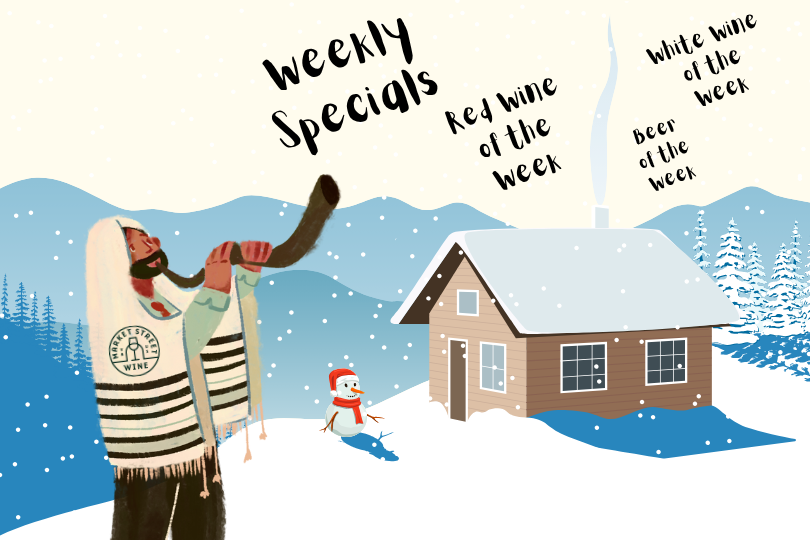Our Wines of the Week and Beer of the Week
Read MoreOur Wines of the Week and Beer of the Week
Read MoreOur Wines of the Week and Beer of the Week
Read MoreOur Wines of the Week and Beer of the Week.
Read More“Our Wines of the Week and Beer of the Week.”
Read More“Our Wines of the Week and Beer of the Week.”
Read MoreOur Wines of the Week and Beer of the Week.
Read More“Our Wines of the Week and Beer of the Week”
Read MoreOur Wines of the Week and Beer of the Week
Read MoreOur Wines of the Week and Beer of the Week
Read MoreOur Wines of the Week and Beer of the Week
Read MoreOur Wines of the Week and Beer of the Week
Read MoreOur Wines of the Week and Beer of the Week
Read MoreOur Wines of the Week and Beer of the Week
Read MoreOur Wines of the Week and Beer of the Week
Read MoreOur Wines of the Week and Beer of the Week
Read MoreOur Wines of the Week and Beer of the Week
Read MoreOur Wines of the Week and Beer of the Week
Read MoreOur Wines of the Week and Beer of the Week
Read MoreOur Wines of the Week and Beer of the Week
Read More




















